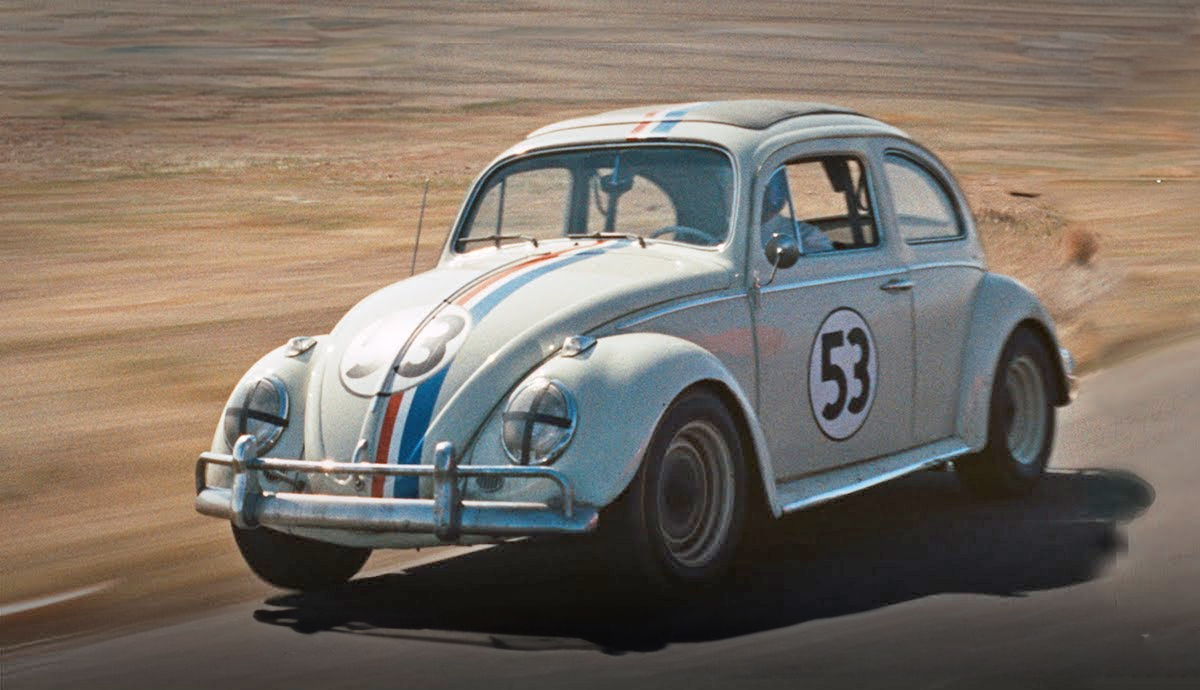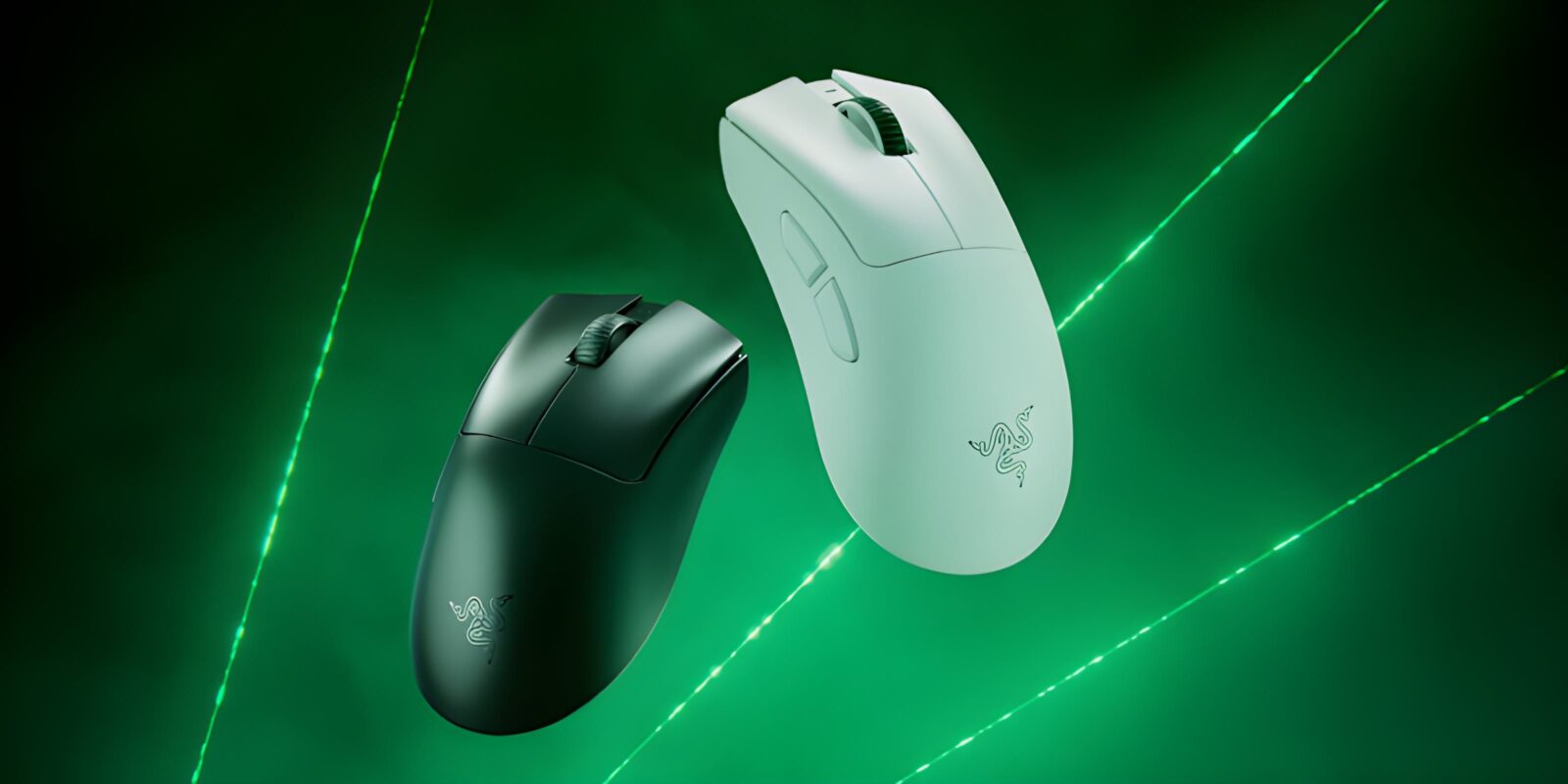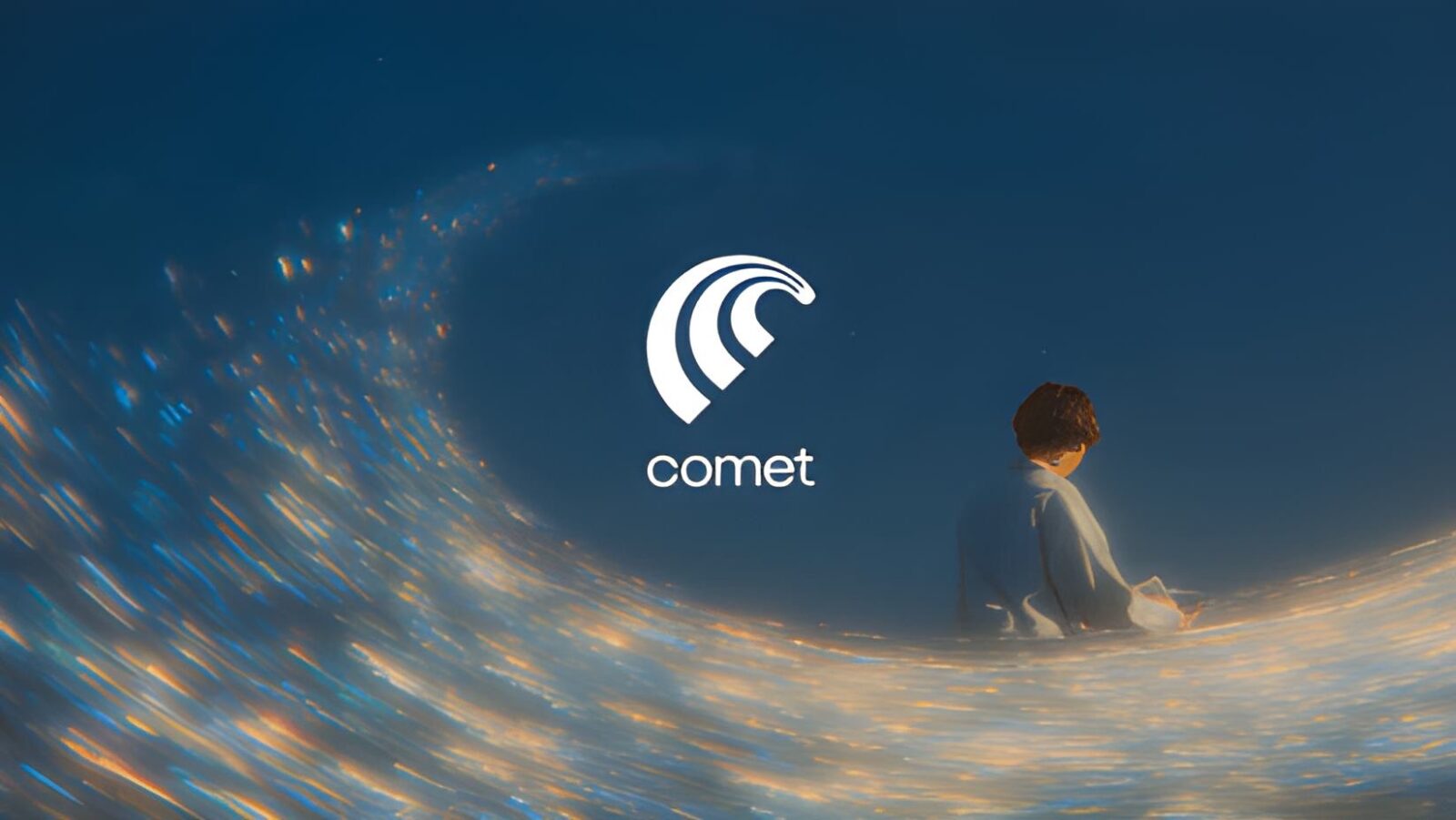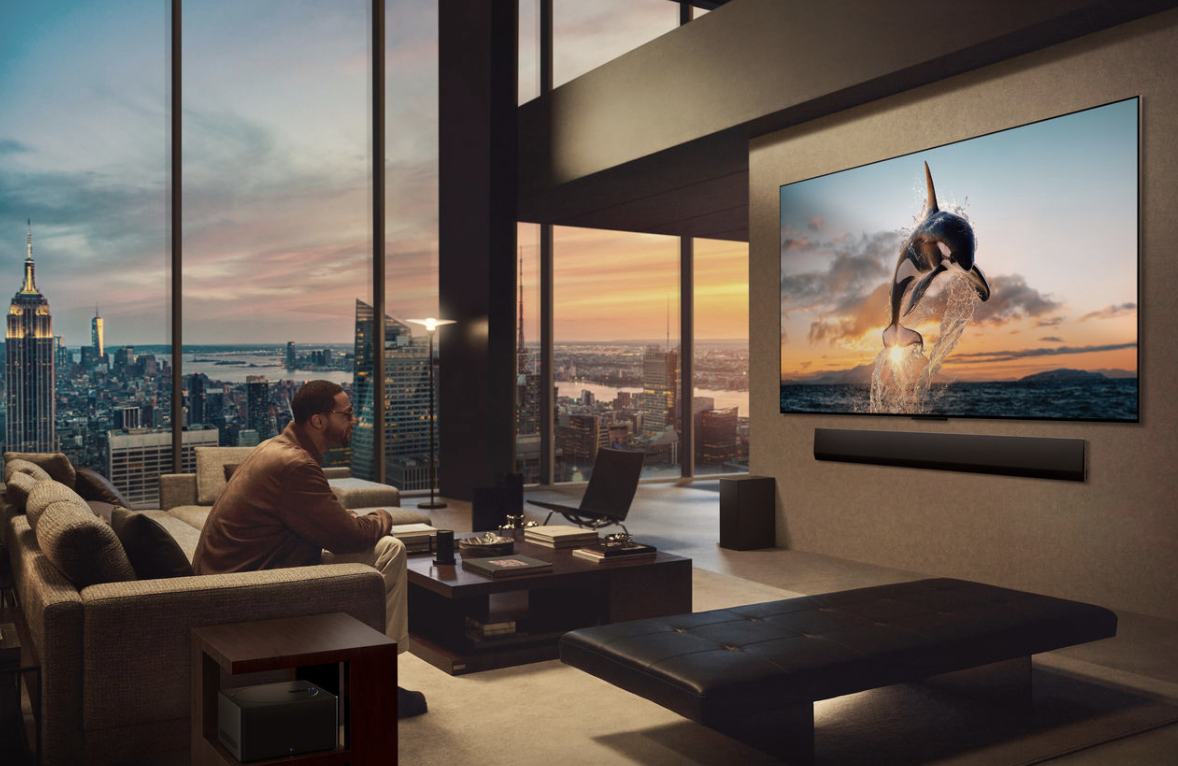Long before high-octane racing franchises like Fast & Furious dominated box offices, Disney had carved out its own lane in motorsport entertainment with a sentient Volkswagen Beetle named Herbie. Known lovingly as “The Love Bug,” this quirky, self-aware car starred in a string of films from the late 1960s into the early 1980s, capturing the imaginations of young audiences with its underdog racing triumphs and mischievous personality.
Debuting in 1968 with The Love Bug, Herbie quickly became a household name. The film arrived at a pivotal time for Disney, following the death of Walt Disney in 1966. It was inspired by the popularity of racing films such as Grand Prix, but The Love Bug’s simple concept – a car with human-like emotions helping a struggling driver – proved refreshingly original. Starring Dean Jones as the down-on-his-luck racer who discovers Herbie’s secret, the film became 1969’s second-highest-grossing movie. Its success led to four sequels, including Herbie Rides Again (1974), Herbie Goes to Monte Carlo (1977), and Herbie Goes Bananas (1980), as well as a short-lived TV series.
However, by the early 1980s, audiences began to tire of the formula, and Herbie quietly exited pop culture. Disney attempted a revival in 1997 with a made-for-TV remake directed by Peyton Reed and starring Bruce Campbell, but it wasn’t until 2005’s Herbie: Fully Loaded, featuring Lindsay Lohan and Justin Long, that the franchise returned to the big screen. Despite Lohan’s peak popularity at the time, Herbie: Fully Loaded struggled to connect with a new generation, receiving lukewarm reviews as it attempted to modernise the character for 21st-century viewers.
Why Herbie Still Matters
Two decades later, the cinematic landscape looks very different. Racing films remain hugely popular, with the Fast & Furious saga becoming one of the highest-grossing franchises in history, while Pixar’s Cars series successfully introduced anthropomorphised vehicles to an entire generation. In 2025 alone, F1: The Movie became Apple’s first major box office hit, earning over $300 million globally, and a Hot Wheels film is finally moving ahead after years of development limbo.
These examples highlight a clear appetite for racing-themed entertainment among both adults and children, suggesting the time might be right for Disney to revisit Herbie. The character offers a nostalgic entry point for older audiences while providing younger viewers with an accessible gateway to the world of motorsport.
Challenges for a Reboot
Of course, reviving Herbie is not without its obstacles. The classic Volkswagen Beetle was discontinued in 2003, and its once-iconic silhouette is now a rare sight on modern roads. Today’s kids may not instantly recognise or connect with Herbie’s distinctive design, potentially viewing it as outdated rather than retro-chic. There is also the challenge of ensuring any reboot feels fresh without undermining the charm that made the original films work.
However, recent attempts to revive similar IPs demonstrate the potential benefits if handled creatively. Knight Rider, another beloved vehicle-based franchise, continues to surface in pop culture references, and the Transformers series has shown that cars can remain compelling cinematic characters with the right blend of spectacle and heart.
The Case for Herbie’s Return
Ultimately, Disney’s strength has always been in reimagining classic characters for new generations. Herbie’s return would not only tap into nostalgia but could align with the brand’s family-friendly positioning, offering a counterbalance to the more action-oriented tone of franchises like Fast & Furious. A reboot could focus on themes of teamwork, self-belief, and environmental responsibility – values increasingly resonant with today’s audiences.
The rise of Formula 1’s global popularity, combined with renewed interest in car culture among younger viewers, indicates fertile ground for Disney to bring back Herbie. Whether as a live-action reboot or an animated reimagining, Herbie the Love Bug still has mileage left in him – and with the right creative team, this vintage icon could find his place on the racetrack once again.





